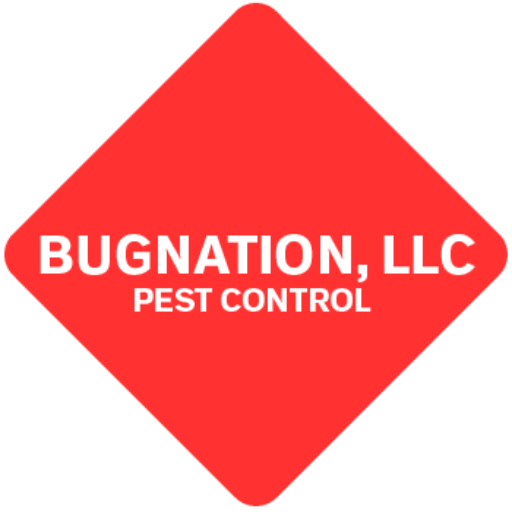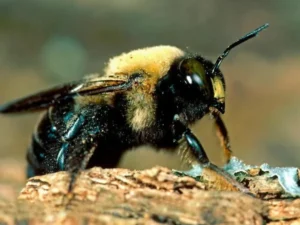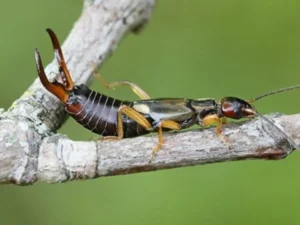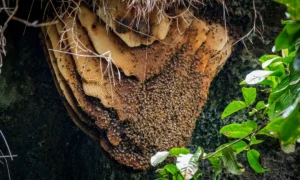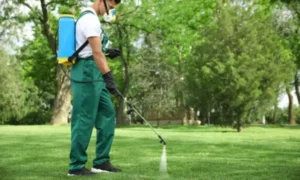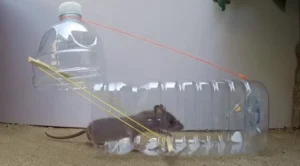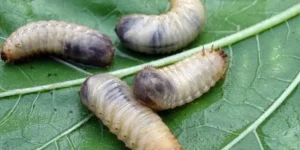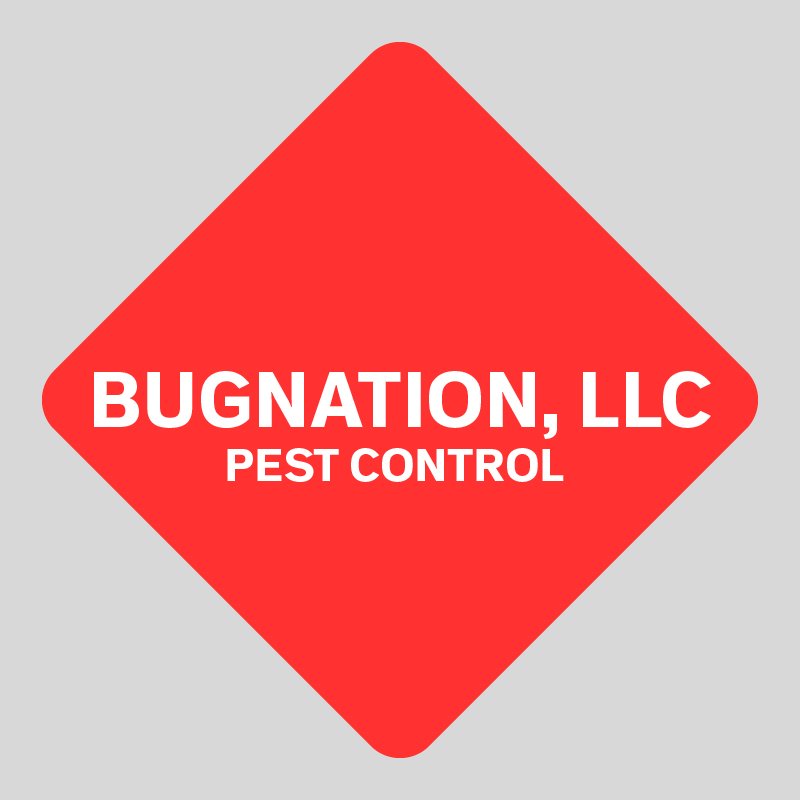Taking control of pest issues yourself both saves your money and your time. The correct pest control methods enable you to handle infestations yourself through DIY techniques. This guide will demonstrate the best methods for DIY pesticide control that eliminate pests effectively. You can resolve your pest problems quickly through pest control products while learning the best DIY pesticide control methods.
What Are Natural Pesticides?
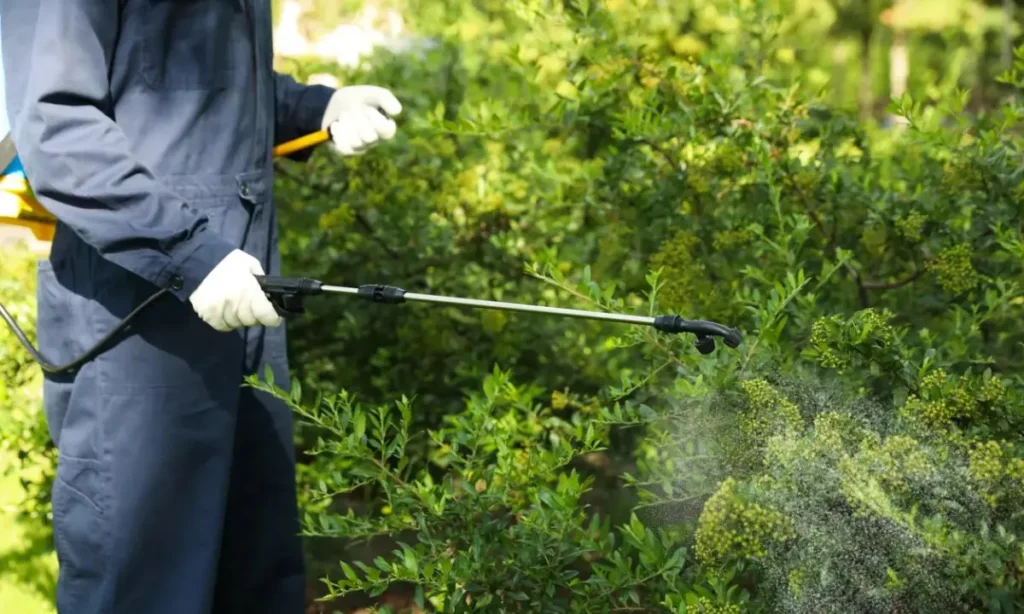
Natural pesticides are composed of ingredients that are found naturally in plants, minerals, and microorganisms. The breakdown of natural pesticides in the environment occurs at a faster rate than synthetic pesticides. It makes them safer and less toxic.
Natural pesticides that you can prepare at home require basic ingredients. Homemade pesticides require caution since they might pose safety risks, and scientists have not thoroughly tested their effectiveness. Some popular homemade options include:
- Soap spray solution: It requires mixing 2 tablespoons of grated soap with 1.5 liters of water before spraying it directly onto aphids and caterpillars.
- Mint repellent: It requires boiling mint leaves with lemon or orange peels in water until it reaches a soaking point overnight before applying it in the evening.
- Hot pepper spray: It requires the steeping of chopped peppers in water to create the mixture.
- Garlic solution: It is made by soaking minced garlic in water for a day period and serves as an effective insect repellent against ants and aphids.
Plants of specific herbs and flowers in your garden serve as a natural pest deterrent. The natural pest control methods offer an alternative to chemical-free pest reduction.
Types of Natural Pesticides For Plants
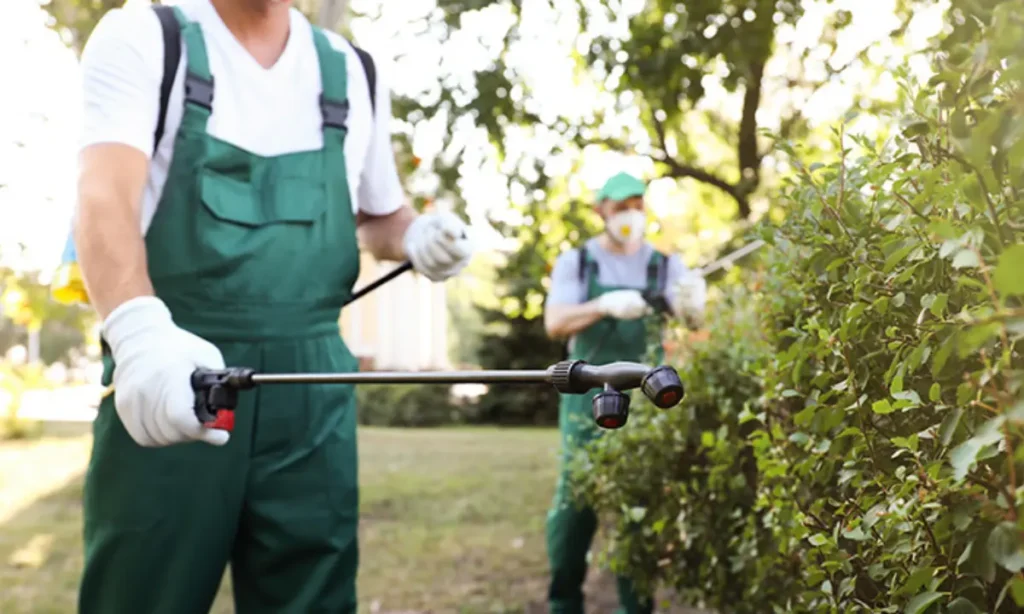
- Botanical Pesticides: These pesticides derive from natural plant or mineral substances.
- Neem: Neem functions as a natural pesticide that specifically kills aphids and caterpillars, and termites. The substance proves harmless to mammals.
- Pyrethrins: Natural pesticide pyrethrins function swiftly to eliminate pests which including fleas, mosquitoes, and flies. The substance shows minimal toxicity when exposed to mammalian organisms.
- Biochemical Pesticides: Biochemical Pesticides disrupt pest mating behavior as well as other essential biological processes.
- Microbial Pesticides: These contain active ingredients (microorganisms like bacteria, fungi or viruses).
- Bacillus thuringiensis (Bt): It functions as a widespread pesticide that specifically destroys mosquito or moth larvae.
Step-by-Step Guide to DIY Pest Control
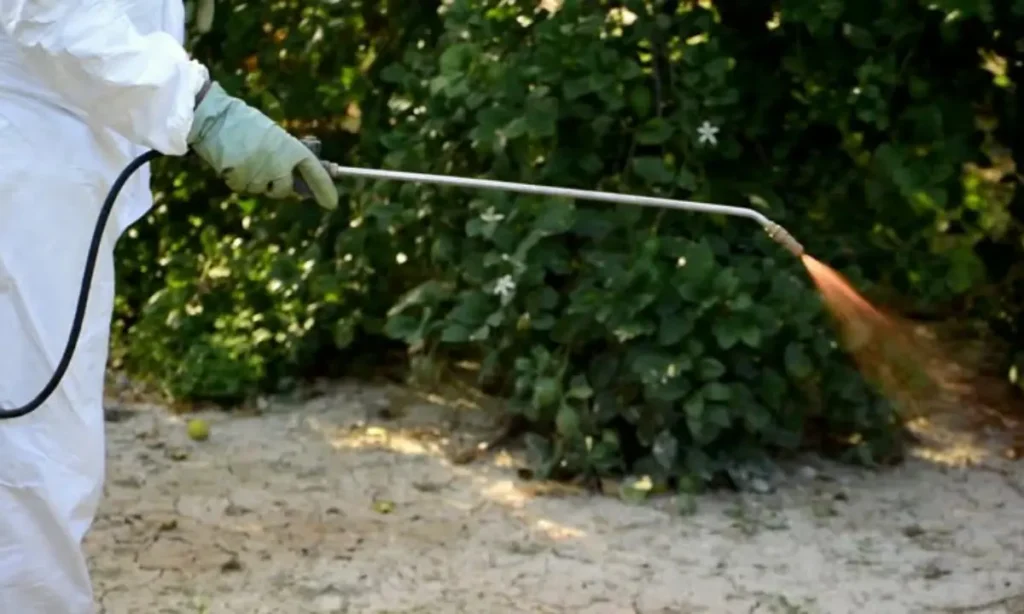
The process of pest control requires simple steps to follow. Home pest-free conditions result from proper pest identification and safe solution implementation.
Step 1: Identify the Types of Pests in Your Home:
The first critical step in pest control requires you to determine the types of pests that invade your home. Most pests remain hidden, so it becomes crucial to detect them. You can
Check for signs of damage that including termite-chewed wood and rodent-caused holes in your walls. The identification of pests in your home enables you to select proper solutions that match their specific needs.
Step 2: Find and Seal Entry Points:
You need to identify the entry points after determining which pests are invading your home. The main points where pests infiltrate homes consist of windows, doors, walls, ceilings and pipes.
- Windows need tight seals and screens should be installed to prevent pest entry.
- Sealants should be applied to doors to ensure complete closure when checking for gaps.
- Sealant application should address any cracks or holes you find on your walls and ceilings.
The attraction of roaches and rodents to damp areas requires homeowners to seal their pipes and maintain complete airtightness.
Step 3: Use a Safe, DIY Pest Control Solution
Start applying your DIY pest control solution after you have located the pests and blocked their entry points. Choosing natural plant-based remedies over harsh chemical treatments is the better option for pest control. You can find numerous safe home pest control methods using essential oils or vinegar sprays that protect your house while being friendly to nature.
Step 4: Keep Your Home Clean to Prevent Future Infestations
The key to avoiding future pest infestations depends entirely on home cleanliness. Regular cleaning of food items and spills and crumbs is essential because pests get drawn to these food residues. Regular surface wiping and tight sealing of food containers and frequent trash removal will help prevent future pest infestations. Maintaining a clean home without food sources reduces the attraction for pests.
Bugnation stands as your neighborhood pest defense provider to deliver dependable pest control solutions!
Conclusion
In conclusion, the managing of pests through homemade methods provides a cost-effective and time-saving solution for pest control. The correct procedures, secure and successful methods enable homeowners to safeguard their homes and families from pests. Proper treatment application and home cleanliness will stop future pest infestations.
FAQs
Neem oil stands as one of the top natural pesticides available for pest control. A mixture of neem oil with soap and warm water serves as an effective pest control solution when sprayed onto plants.
Follow these easy steps:
1. Keep your home clean
2. Remove food and water sources
3. Seal cracks and holes
4. Keep your yard tidy
5. Fix moisture problems
6. Wash bedding and clothes
7. Use pest-repelling plants
8. Learn about local pests
9. Protect helpful bugs
10. Call professionals if needed
Yes, Rosemary oil proves to be more effective than other essential oils while offering superior fragrance qualities and shows safer properties for beneficial insects. The use of rosemary oil provides protection for bees along with better effectiveness and improved scent quality.
